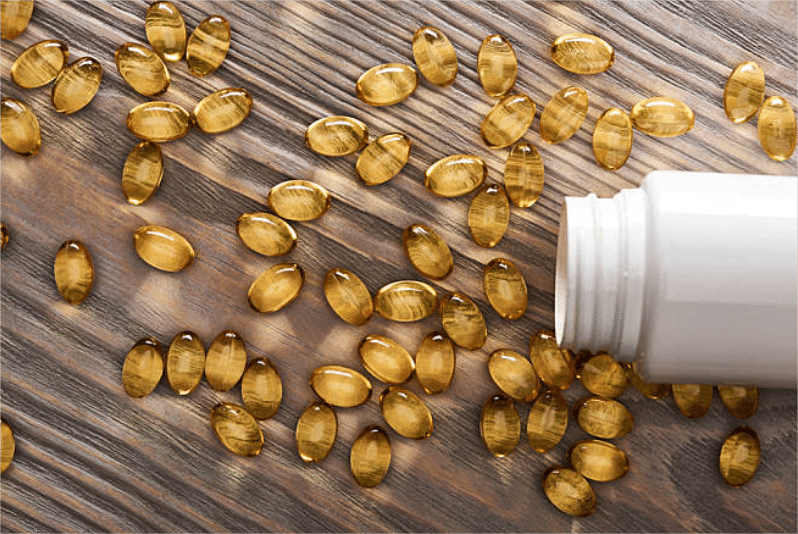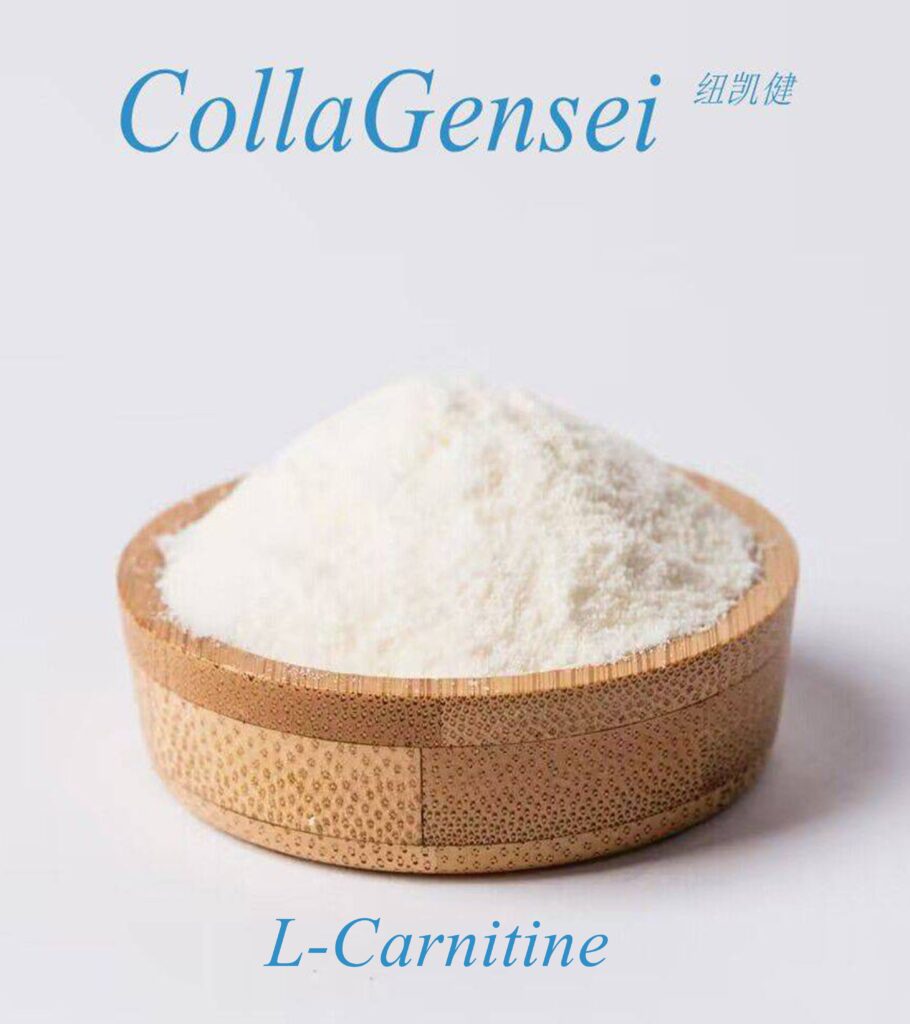Keratin Granulations: The Key to Stronger Hair and Healthier Skin
In the world of health and beauty, the secret formula behind luscious hair and radiant skin is often sought after. Enter keratin granulations—an essential player in the field of wellness products that has garnered a lot of attention lately. Whether you’re a brand owner, a distributor, or simply a curious consumer, understanding the ins and outs of keratin granulations can significantly benefit your health and beauty regime.
What Are Keratin Granulations?
Before we dive into the details, let’s unpack the term. Keratin granulations refer to tiny particles of keratin that are often used in supplements and topical treatments. Unlike traditional keratin found in hair and nails, these granulations are formulated to provide essential proteins that support the structure of these tissues when ingested or applied.
Basic Information About Keratin Granulations
Let’s break down the essential information you need to know about keratin granulations.
- Aliases and Latin Names:
- While keratin itself comes from the Greek word “kerat-,” indicating its association with animal attributes, keratin granulations do not have a specific Latin name.
- CAS Number:
- Keratin granulations do not have a specific CAS number due to the complex composition of keratin. Hydrolyzed forms may receive individual CAS numbers based on sourcing and processing methodologies.
- Production Standards and Characteristics:
- These granulations meet high production standards and are often odorless and tasteless, making them easy to incorporate into various formulations.
- Generally, keratin granulations appear as fine powders, making them ideal for mixing into hair care products or dietary supplements.
- Common specifications often include protein content, moisture level, and particle size. Typical mesh sizes range from 40 to 120, depending on the intended use.
- Common Uses and Solvents:
- The solvents used in producing keratin granulations often include water or alcohol, enhancing solubility and absorption in formulations.
- Keratin granulations are mainly hydrolyzed to facilitate absorption in the body.
- Import Tariffs and Regulations:
- Import tariffs for keratin granulations may vary depending on whether they’re classified as dietary supplements or cosmetics. In the U.S., they might fall under dietary supplement regulations, while in Europe, stricter guidelines may apply to cosmetic use.
The Origins of Keratin Granulations
Keratin granulations rose to prominence in the late 20th century, amidst growing consumer demands for hair and skin health products. Scientific advancements in biochemistry have allowed researchers to isolate and enhance keratin proteins, transforming them into effective supplements. Various research teams have focused on improving extraction and hydrolysis processes to deliver high-quality keratin granulations.
Common Forms and Characteristics
Keratin granulations are primarily seen in two forms:
- Granulated Powder: These are often mixed into powdered supplements or added to topical creams for enhanced benefits.
- Liquid Forms: Although less common, keratin can be found in liquid formulations that include hydrated proteins for easy absorption.
Production Process and Ingredients Used
The production of keratin granulations involves several steps, which may include:
- Extraction: Keratin is typically derived from animal sources, such as feathers, hooves, or hair.
- Hydrolysis: This is the process that breaks down larger keratin molecules into smaller peptides, increasing bioavailability.
- Mixing: During granulation, keratin peptides are combined with carriers or binders that support solubility and efficacy.
Are Keratin Granulations Soluble?
One of the common questions surrounding keratin granulations is their water solubility. Hydrolyzed keratin granulations are indeed water-soluble, making them an excellent addition to various beverages and health products, promoting easier absorption by the body.
Main Applications in the Market
Keratin granulations have gained traction across several industries:
- Hair Care Products: Widely used in shampoos and conditioners, keratin granulations help repair and strengthen hair fibers, resulting in shinier and healthier hair.
- Dietary Supplements: Available as a keratin supplement, these granulations support hair and nail health from within, offering a holistic approach to beauty.
- Cosmetic Formulations: Used in lotions and creams, keratin granulations help improve skin elasticity and hydration.
Benefits of Keratin Granulations
The potential benefits of keratin granulations are numerous, particularly when it comes to enhancing beauty and wellness:
- Strengthens Hair: Granulations promote healthier hair growth by providing essential building blocks for follicles.
- Enhances Skin Health: Regular use may improve skin elasticity and hydration, combating signs of aging.
- Nail Repair: Keratin granulations can strengthen nails and reduce brittleness, promoting overall nail health.
Potential Side Effects
While keratin granulations are generally safe to use, some individuals may experience mild side effects, including:
- Allergy Reactions: Due to the animal origins of keratin, individuals with specific allergies should exercise caution.
- Gastrointestinal Discomfort: Some people may report digestive issues when taking keratin granulations in large quantities.
How Do Keratin Granulations Work in the Body?
The action of keratin granulations in the body is primarily due to their powerful protein content. Here’s how they work:
- Once ingested or applied, keratin granulations break down into smaller peptides, which are easily absorbed into the bloodstream.
- These peptides reach hair follicles and skin cells, where they contribute to constructing robust tissues, ultimately promoting enhanced strength and elasticity.
Testing Methods for Keratin Granulations
To maintain quality and efficacy, rigorous testing is essential. Common methods used to validate keratin granulations include:
- Protein Analysis: Methods such as spectroscopy analyze the protein content, ensuring consistency across batches.
- Microbial Testing: Ensures that keratin granulations are free from harmful contaminants.
Common Formulations on the Market
When searching for keratin supplements, consumers will find a variety of formulations available, including:
- Hydrolyzed Keratin Powders: Mixed into beverages or supplements to support overall health.
- Keratin-enriched Hair Products: Shampoos and conditioners designed specifically to enhance hair health and manageability.
Recommended Dosage and Expected Results
For keratin granulations, the recommended dosage usually falls between 500 mg to 3,000 mg daily, depending on individual health goals. Many users report noticeable results within 4 to 8 weeks of consistent use, experiencing improved hair strength and skin texture.
Understanding Efficacy Principles
Keratin granulations are effective due to their high bioavailability. They provide the necessary proteins that make up hair and skin, delivering vital nutrients that promote health from the inside out.
Alternative Products with Similar Benefits
Several ingredients boast similar benefits to keratin granulations:
- Collagen: Known for its skin-rejuvenating properties, collagen often complements keratin’s effects.
- Biotin: This essential vitamin plays a vital role in hair and nail health, frequently found in conjunction with keratin-based products.
Recent Clinical Research Developments
Ongoing research has continued to validate the benefits of keratin granulations, with notable studies highlighting:
- Improved Hair Growth Rates: Clinical trials reveal that keratin supplementation can significantly enhance hair density and reduce shedding.
- Skin Health Improvements: Studies suggest that individuals using keratin regularly report increased skin hydration levels and elasticity.
Regulatory Overview
The regulations surrounding keratin granulations can differ from one region to another. Here’s a brief overview:
- In the U.S., keratin granulations are often classified under dietary supplement regulations with specific claims about health benefits, while in Europe, stricter labeling guidelines must be followed to convey accurate information about the ingredient’s origin and benefits.
- Variance can also be seen in countries such as Japan, Australia, and Canada, each maintaining their own standards for the approval and categorization of keratin products.
Market Outlook: The Future of Keratin Granulations
The health and beauty industry is poised for growth, particularly in the sector of keratin granulations:
- Annual Sales Volume: Global demand for keratin products has seen significant increases in recent years, reflecting changing consumer preferences towards holistic and natural beauty solutions.
- Growth Potential: The market is likely to expand as more consumers seek out effective supplements to enhance their beauty routines, with projections of continued market growth year-on-year.
Choosing the Right Supplier
When it comes to sourcing keratin granulations, here are several tips to help B2B buyers make informed decisions:
- Verify Certifications: Look for suppliers that hold relevant certifications such as ISO, HALAL, or KOSHER, indicating their adherence to quality standards.
- Assess Quality Control Protocols: Ensure the supplier conducts thorough testing to guarantee the safety and efficacy of their products.
- Request Samples: Before committing to a bulk purchase, asking for samples can help assess the quality and suitability of the product.
Production Process Overview
To understand the journey of keratin granulations:
- Source: Raw keratin is sourced from animal by-products.
- Hydrolyze: It undergoes hydrolysis to achieve smaller, digestible peptides.
- Granulate: The keratin is processed into granulations suitable for incorporation into various products.
- Test: Rigorous quality checks ensure safety and potency before packaging.
Conclusion
In conclusion, keratin granulations represent an incredible solution for enhancing hair, skin, and nail health. By leveraging the natural benefits of keratin through granulations, consumers and product developers can create powerful formulations that promote beauty from within. If you are interested in sourcing premium keratin granulations, please reach out to us at sales@collagensei.com. Gensei Global Industries is a trusted FDA-certified manufacturer with a solid reputation for quality, stability, and comprehensive service options.
Invest in keratin granulations and unlock the potential for vibrant health and beauty—because you deserve the best!




